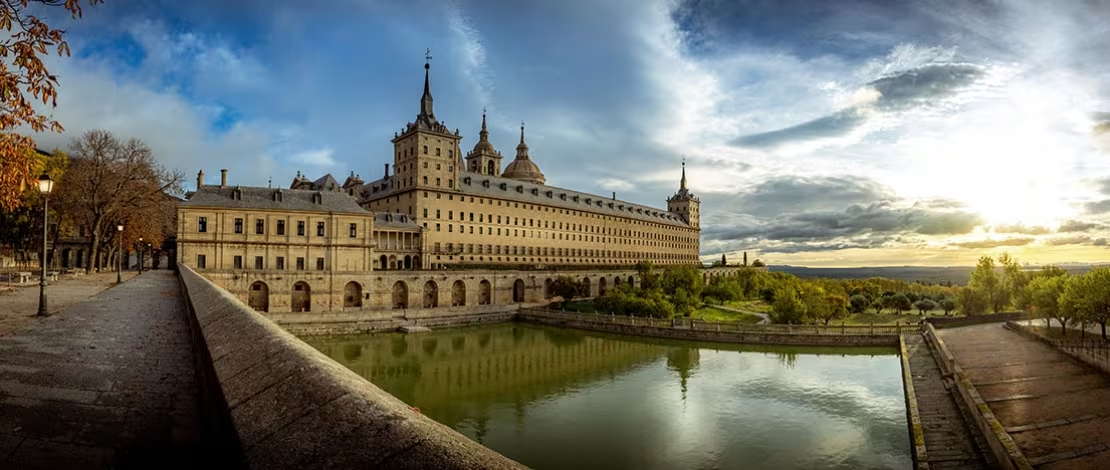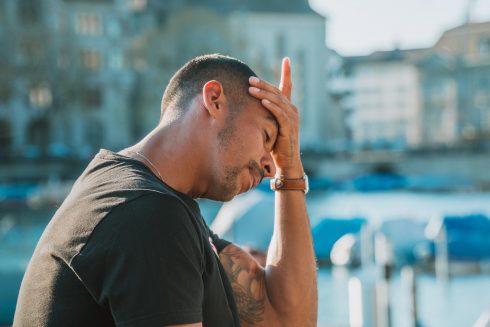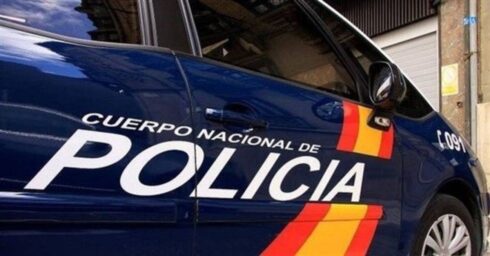EL Escorial, a monastery and World Heritage site near Madrid, is undergoing a €6.5m reorganisation.
Almost 40 years after it was included in the Unesco World Heritage list, the royal monastery of San Lorenzo de El Escorial will undergo a transformation.
Thanks to €6.5m of EU funding, visitors will soon be able to discover parts of Philip II’s monument previously hidden from the public.
The two-year project aims to reintroduce visitors to the testament of Spain’s golden age, measuring 33, 327 sq metres.
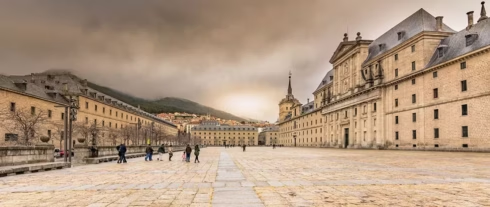
Soon, a monastic patio will open to the public as well as several paintings once reserved for royals.
Some 35 miles from Madrid, the religious complex fulfilled Philip II’s dream of building a monastery in a ‘desert’.
Though not literally in a desert, the vision took a stunning 21 years to complete using the knowledge of two master architects: Juan Bautista de Toledo, who had worked alongside Michelangelo in Rome and Juan de Herrera, who fought alongside Philip’s father, Charles V.

Currently, over 450,000 visitors flock to the site each year, but according to Spain’s national heritage institution, Patrimonio Nacional, it could be better appreciated.
Head of buildings and environment, Luis Perez de Prada said: “It was an incredible feat of work and it shows humanity’s ability to create something in the middle of nowhere.”
“It’s a reopening with a much deeper understanding of what one of Spain’s most important monuments is about architecturally and artistically, and of all the symbolism implicit in this place.”
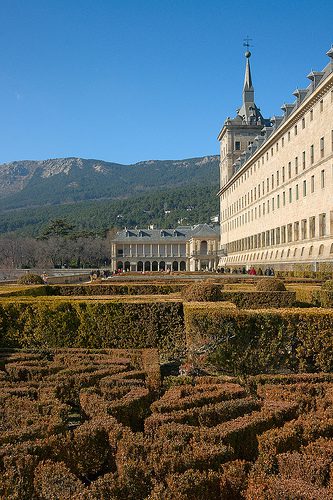
One of the biggest changes is that visitors will soon enter through the imposing Patio of Kings to get a ‘much greater understanding of the monastery’s architecture.’
“We really want people to understand what they’re visiting when they come to a place like this; it’s not just about saying: ‘Yeah, I’ve done the tour and I can say I’ve visited El Escorial.’ You need to understand how it was created and how it’s been modified,” said Prada.
For the first time visitors will also be able to enter the Patio of the Evangelists, a calming garden with fountains and statues echoing the great dome of the basilica.
Previously dormant painting and architecture galleries are set to be reopened at a cost of €2.4m.
The painting gallery will span nine rooms and show the tastes of four monarchs over 99 works including El Greco, Velazquez and Titian.
Despite the works belonging to four monarchs: Philip II, Philip IV, Charles II and Isabel II, almost half will be dedicated to Philip II’s collection, a move said to show his ‘cultural clout’.
According to Carmen Garcia Frias, a paintings curator at Patrimonio Nacional: “Philip II is the person who lays the foundation of the Spanish royal collections.”
One of the main pieces will be Calvary by Rogier van der Weyden ‘one of the most important works of universal painting’ which has been returned to its former glory following painstaking restorations.
Nearby, the architecture gallery will display tools and materials used to construct the building, as well as sketches and models.
Almost a third of the money will go to making the building more sustainable ready for the grand reveal in 18 months time.
The work is said to give a much needed boost to this sometimes overlooked monument.
According to Prada: “It’s a place where you can see the evolution of art and architecture making an important leap during the Renaissance. It also shows us what society – and the world – was like at the time: the religious wars; the counter-reformation. All of that is reflected here.”

